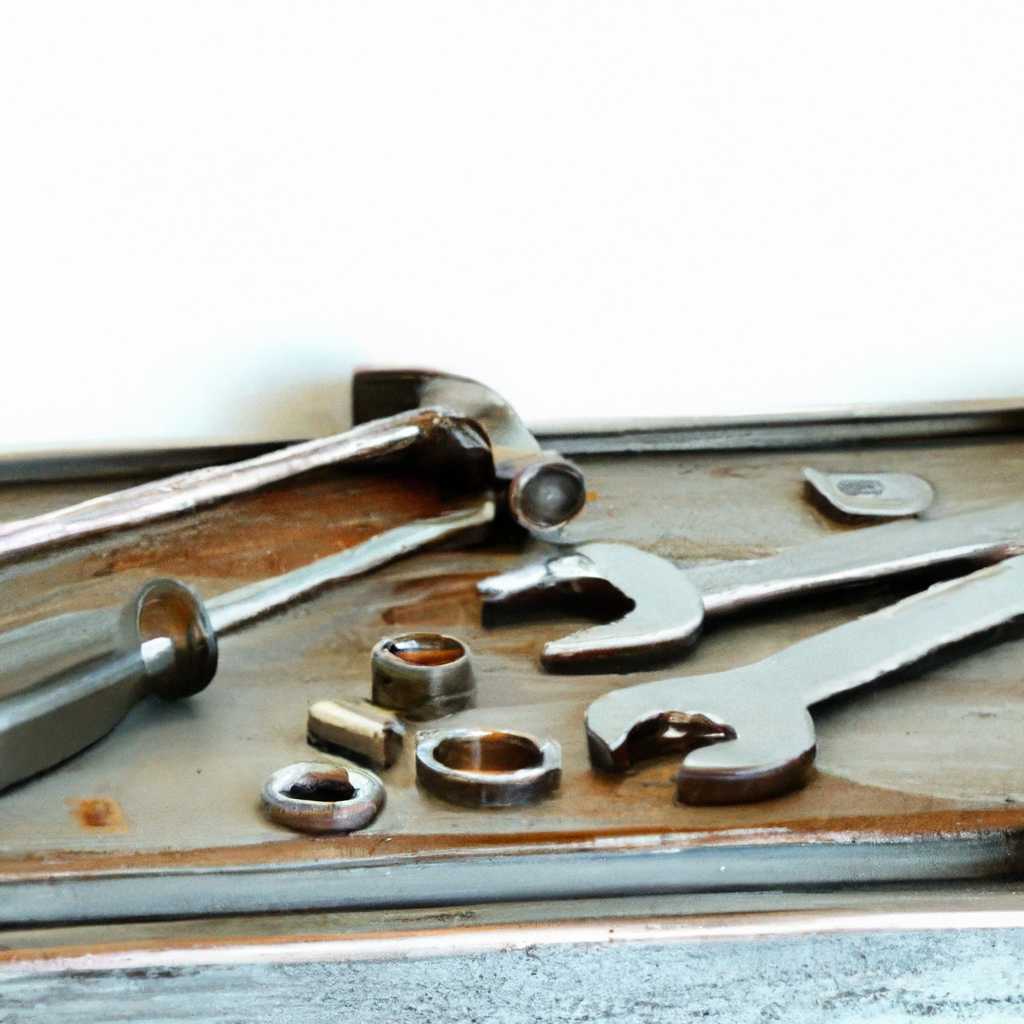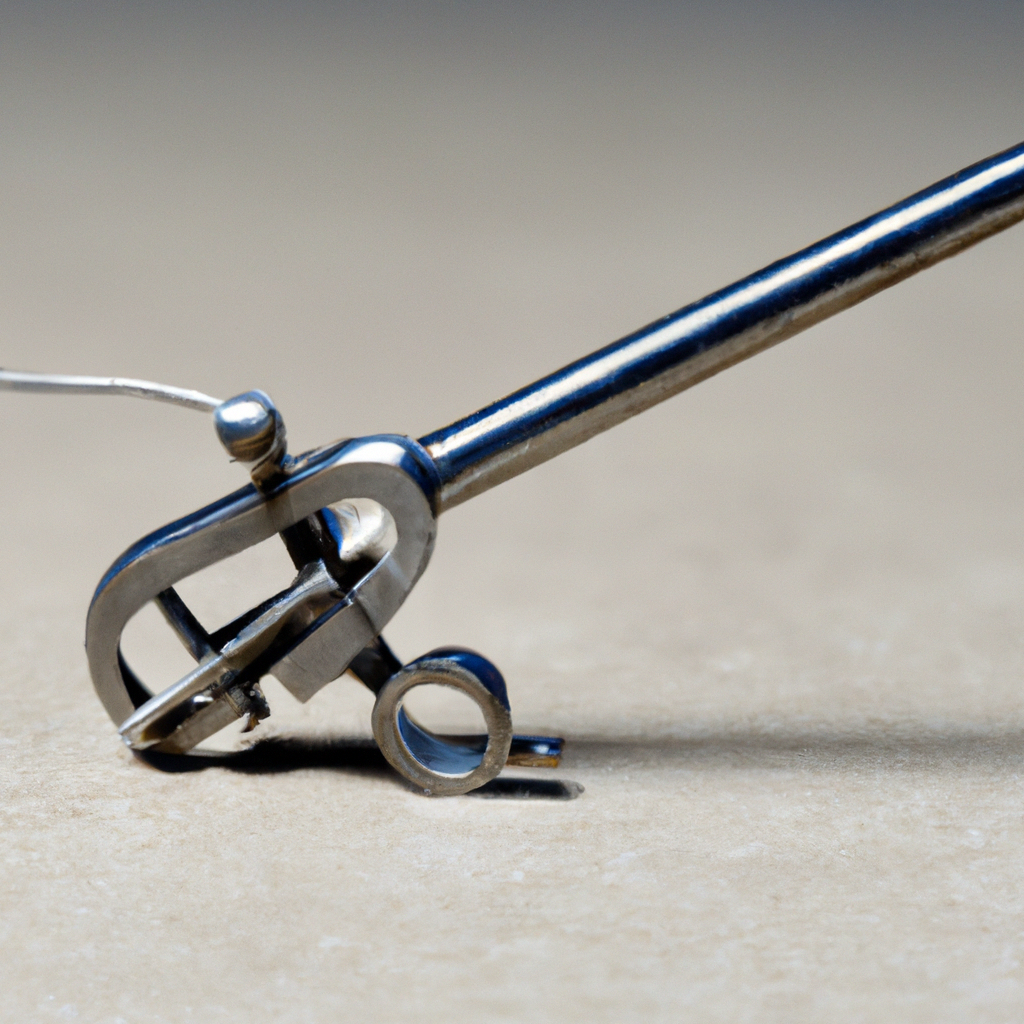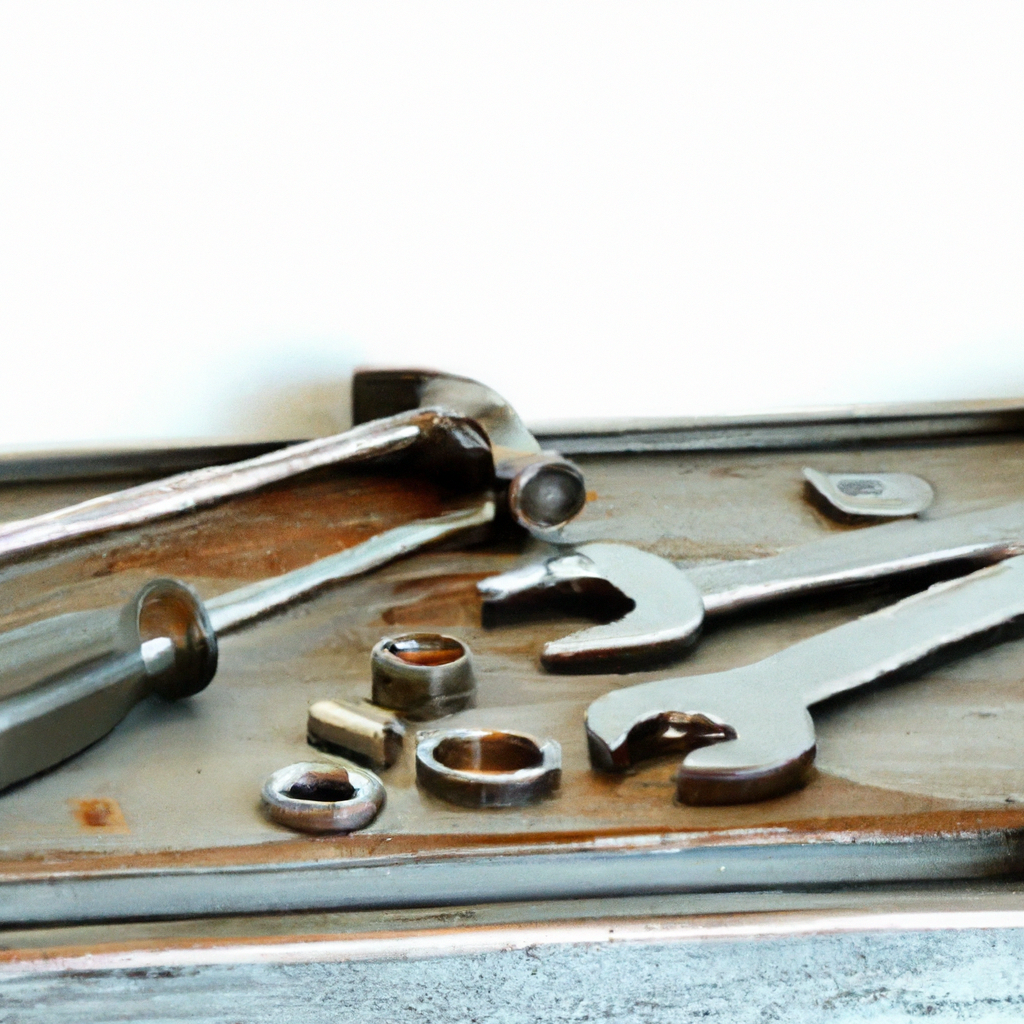In a world where consumption and waste are at an all-time high, adopting a mantra of frugal living has become increasingly important. And at the heart of this lifestyle is the notion of repairing before replacing. Instead of immediately discarding broken or worn-out items, taking a step back and considering repair as the first and most viable option not only helps save money, but also promotes sustainability and reduces our carbon footprint. As we delve into the philosophy of frugal living, let us explore the benefits of embracing the mantra of “Repair Before Replace” and discover the simple yet powerful ways in which it can positively impact our lives.

The Benefits of Repairing
Cost Savings
Repairing instead of replacing can lead to significant cost savings. By fixing items yourself or taking them to a repair professional, you can avoid the high costs of purchasing new products. Whether it’s a broken appliance, a damaged electronic device, or a worn-out piece of clothing, repairing allows you to extend the lifespan of your possessions without breaking the bank.
Environmental Impact
In our increasingly eco-conscious world, repairing is an essential aspect of living sustainably. When you choose to repair instead of replacing, you reduce waste and minimize your carbon footprint. Repairing not only helps conserve resources but also reduces the number of products that end up in landfills. By opting for repairs, you play a crucial role in preserving the environment for future generations.
Preserving Sentimental Value
Repairing items can help preserve their sentimental value. Whether it’s a family heirloom, a favorite piece of clothing, or a cherished electronic gadget, repairing allows you to continue enjoying the memories and emotional attachments associated with these possessions. Instead of discarding them and losing the memories they hold, repairing maintains their sentimental value and allows them to be passed down through generations.
When to Repair
Assessing the Damage
When considering whether to repair an item, it’s important to assess the extent of the damage. Minor issues can often be easily fixed, while more significant damage may require professional intervention or be uneconomical to repair. Take the time to evaluate the damage and determine if it’s worth attempting a repair or if replacement is a more viable option.
Considering the Cost
Another factor to consider when deciding whether to repair is the cost associated with it. Compare the repair cost to the price of a new item. If the repair cost is significantly lower, repairing becomes a more financially sound choice. However, if the repair cost is close to or exceeds the price of a new item, it may be more practical to replace it.
Availability of Parts
Before attempting a repair, it’s important to consider the availability of parts. Some items may have readily available replacement parts, while others may require sourcing parts that are harder to find. Research the availability of parts for your item, as it may impact the feasibility and cost of repairing.
Tools and Skills for Repairing
Basic Tools
To embark on your journey of repairing, it’s important to have some basic tools on hand. These tools may include a screwdriver set, pliers, a soldering iron, a multimeter, and wire cutters. Having these essential tools in your toolbox will equip you to handle a wide range of repair tasks.
Learning Repair Skills
While many repairs can be done independently with the help of online tutorials and resources, it’s advisable to acquire some repair skills. Take the time to learn the basics of troubleshooting and fixing common issues in various products. This will not only save you money but also empower you to tackle repairs confidently.
Online Resources
The internet is a treasure trove of repair knowledge. From step-by-step repair guides to forums where you can seek assistance, online resources provide a wealth of information for DIY repairs. Websites, YouTube channels, and online communities dedicated to repair offer valuable insights and expert advice, making it easier than ever to learn and master repair skills.
Understanding Product Lifecycles
The Planned Obsolescence Phenomenon
Product lifecycles often involve planned obsolescence, a strategy used by manufacturers to deliberately shorten the lifespan of their products. This results in a constant need to replace items, contributing to excessive consumption and waste. By understanding this phenomenon, you can make more informed choices and actively resist the cycle of planned obsolescence by repairing rather than replacing.
Extending the Lifespan of Products
Repairing is a powerful way to extend the lifespan of products. By addressing issues promptly and fixing them, you can ensure that your possessions last longer and serve you well. Regular maintenance, timely repairs, and a proactive approach to addressing problems all play a part in prolonging the life of your belongings, reducing the frequency of replacements, and minimizing waste.

The Psychological Impact of Repairing
Sense of Accomplishment
Repairing items can provide a tremendous sense of accomplishment. Successfully fixing something that was broken cultivates a feeling of pride and self-sufficiency. As you develop your repair skills and tackle more challenging projects, you’ll experience a boost in confidence, knowing that you have the ability to overcome obstacles and find solutions to problems.
Building a Connection with Possessions
Repairing your belongings allows you to build a deeper connection with them. Instead of treating items as disposable and replaceable, repairing fosters a sense of attachment and appreciation. By investing time and effort into repairing, you develop a greater understanding of the inner workings of your possessions, strengthening your connection with them and valuing their presence in your life.
Repairing vs. Replacing: A Cost Analysis
Factors to Consider
When weighing the decision between repairing and replacing, several factors come into play. Alongside the repair cost, consider the potential savings from avoiding a new purchase. Additionally, assess the value of sentimental attachment and the environmental impact of each choice. By taking a comprehensive view, you can make an informed decision that aligns with your financial, emotional, and environmental priorities.
Long-Term Financial Benefits
Opting for repairs instead of replacements can result in substantial long-term financial benefits. While immediate costs may be lower when replacing, the cumulative expenses of regularly replacing items outweigh the one-time repair costs. By investing in repairs and utilizing your possessions to their full potential, you save money in the long run, contributing to a more frugal and financially secure lifestyle.
Tips for Successful Repairs
Performing Regular Maintenance
Regular maintenance plays a vital role in preventing damage and minimizing the need for repairs. Take proactive measures to keep your belongings in good working order. Clean, inspect, and service your items regularly to catch any potential issues early on. By prioritizing maintenance, you can avoid costly repairs and ensure the longevity of your possessions.
Seeking Professional Help
While DIY repairs can be fulfilling, there may be instances where seeking professional help is the best course of action. For complex repairs or items under warranty, consulting experts ensures a proper fix and may prevent voiding any remaining warranty coverage. Professional repair services possess the knowledge, experience, and specialized tools to tackle intricate repairs efficiently and effectively.
Upcycling and Repurposing
For items that cannot be repaired or have outlived their original purpose, exploring upcycling and repurposing options offers an excellent alternative to disposal. Transforming old or broken objects into new and useful creations not only gives them a renewed purpose but also reduces waste. Get creative and breathe new life into your possessions through innovative upcycling projects.
Repairing Electronics and Appliances
Common Issues and Fixes
Electronics and appliances often encounter common issues that can be repaired. From malfunctioning buttons and glitchy software to faulty power supplies and broken cords, many problems can be fixed with the right knowledge and tools. Online resources tailored to specific brands and models can guide you through these common repairs, enabling you to save money and prolong the lifespan of your electronic and appliance investments.
Finding Reliable Repair Services
In cases where DIY repairs are not feasible or advisable, finding a reliable repair service is essential. Research reputable repair centers or technicians who specialize in repairing electronics and appliances. Seek recommendations from friends, family, or online forums to ensure you entrust your valuable items to experienced professionals who can diagnose and fix issues accurately.
Extend the Life of Clothing and Accessories
Clothing Repair Techniques
Clothing is a significant area where repairs can save both money and resources. Learning basic sewing techniques, such as replacing buttons, fixing zippers, and patching holes, can breathe new life into your wardrobe. By embracing clothing repairs, you can extend the life of your garments, reduce the need for frequent replacement, and maintain your personal style without breaking the bank.
Revitalizing and Restyling
Beyond basic repairs, revitalizing and restyling can give your clothes and accessories a fresh look. With creative alterations, you can transform outdated items into trendy pieces or repurpose them for different uses. Experiment with dyeing, embroidery, sewing trims, or adding embellishments to revitalize your wardrobe and express your unique style.
Embracing Frugal Living
Changing Consumption Habits
Repairing aligns perfectly with the philosophy of frugal living, encouraging a shift in consumption habits. By focusing on the lifespan and value of products, rather than quick replacements, you adopt a more intentional approach to consumption. Embracing repair as a primary option helps break the cycle of excessive buying, saving money and reducing waste in the process.
Community Swapping and Sharing
An excellent way to embrace the frugal lifestyle and foster a sense of community is by participating in swapping and sharing initiatives. Organize clothing swaps, tool sharing programs, or community repair events to connect with like-minded individuals. By sharing resources, knowledge, and skills, you not only save money but also build strong social ties and contribute to a more sustainable society.
Repair Before Replace: The Mantra of Frugal Living

